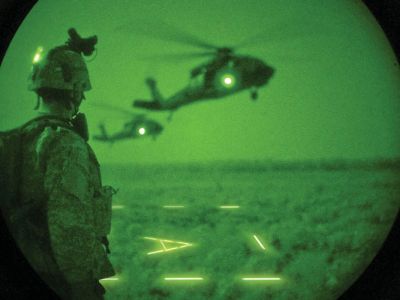Explore the versatile application of chemical lights for marking areas and pathways. From enhancing safety in low-light environments to delineating boundaries and guiding navigation, chemical lights offer a reliable and portable solution. In this guide, we delve into their benefits, applications, and best practices, empowering you to navigate with confidence and clarity in diverse environments.


Why use chemical lights for marking areas and pathways?
Chemical lights are invaluable for marking areas and pathways due to several key advantages:
- Visibility: In low-light conditions or areas with poor visibility, chemical lights provide clear and visible markings, enhancing safety and guiding navigation.
- Portability: Chemical lights are lightweight and portable, making them easy to carry and deploy in various environments without requiring external power sources.
- Reliability: They offer consistent illumination, ensuring clear markings even in adverse weather conditions or challenging terrain.
- Versatility: Chemical lights can be easily adapted for various marking purposes, including delineating boundaries, guiding pathways, indicating hazard areas, or signaling emergency exits.
- Longevity: With a prolonged shelf life when properly stored, chemical lights remain functional and ready for use over extended periods, minimizing the need for frequent replacements.
- Safety: Chemical lights are non-toxic, non-flammable, and do not produce heat or sparks, reducing the risk of accidents or injuries during use, particularly in sensitive or hazardous environments.
What are chemical lights used for?
Chemical lights are used for a huge amount of things, we listed a few to give you some ideas:
- Identification of tactical moves in convoys
- Marking out shooting ranges
- Marking out hazardous areas/signaling obstacles / Road safety lighting
- Marking of areas before an operation and signalling of loads to be dropped
- Marking assembly points
- Inspection, marking and identification of areas






